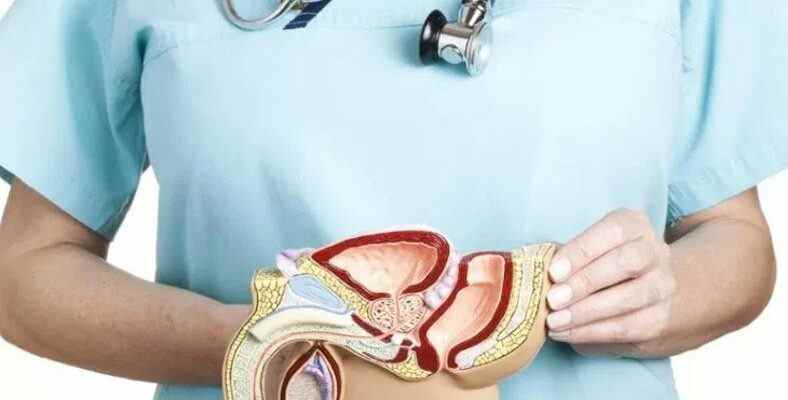Varicocele, which occurs in the veins between the skin covering the testicle and the body in men, is a disease that often progresses without showing any symptoms. Let’s take a closer look at varicocele, which can cause pain and reproductive problems such as infertility in the future, and let’s see the symptoms and treatment methods.
The working system of our body is quite interesting. An invisible, thin vein can sometimes be the main reason for the healthy functioning of that limb. One of them is the veins in the skin called the scrotum that covers the testicle. It provides blood flow to the testicles and the return of deoxygenated blood. The enlargement of these veins is called varicocele. and often not easily noticed.
Varicocele begins to occur at an early age and progresses silently. In the case of mild progression, it can sometimes be painful, but when it progresses well, it can cause reproductive problems up to infertility. However, in many cases it causes neither pain nor infertility. Therefore, it is not easily noticed, but it is still a problem. Bride what is varicocele, let’s take a closer look at why Let’s see the symptoms and treatment methods.
What is varicocele and why does it happen? Symptoms and treatment methods:
What is varicocele?
In the male body, there is a skin called the scrotum, which covers the testicles where sperm is produced. There are many veins in this skin. These vessels provide clean blood flow to the testicles and also return used deoxygenated blood. called the pampiniform plexus. Varicose-like enlargement of these veins is called varicocele. Varicocele most often occurs on the left side of the scrotum.
What causes varicocele?
Unfortunately, there is no definite answer to the question of what causes varicocele. The veins in the scrotum, like all veins, bring clean blood and return the dirty blood. The reason for varicocele formation here is a malfunction in the vein valves. When used oxygen-free blood cannot be returned, it accumulates here and causes swelling and expansion. Since the right and left testicular veins follow two different paths, varicocele formation usually occurs in the vein on the left side.
What are the symptoms of varicocele?
- Pain
- Mass formation in the scrotum
- Different size of testicles
- Infertility
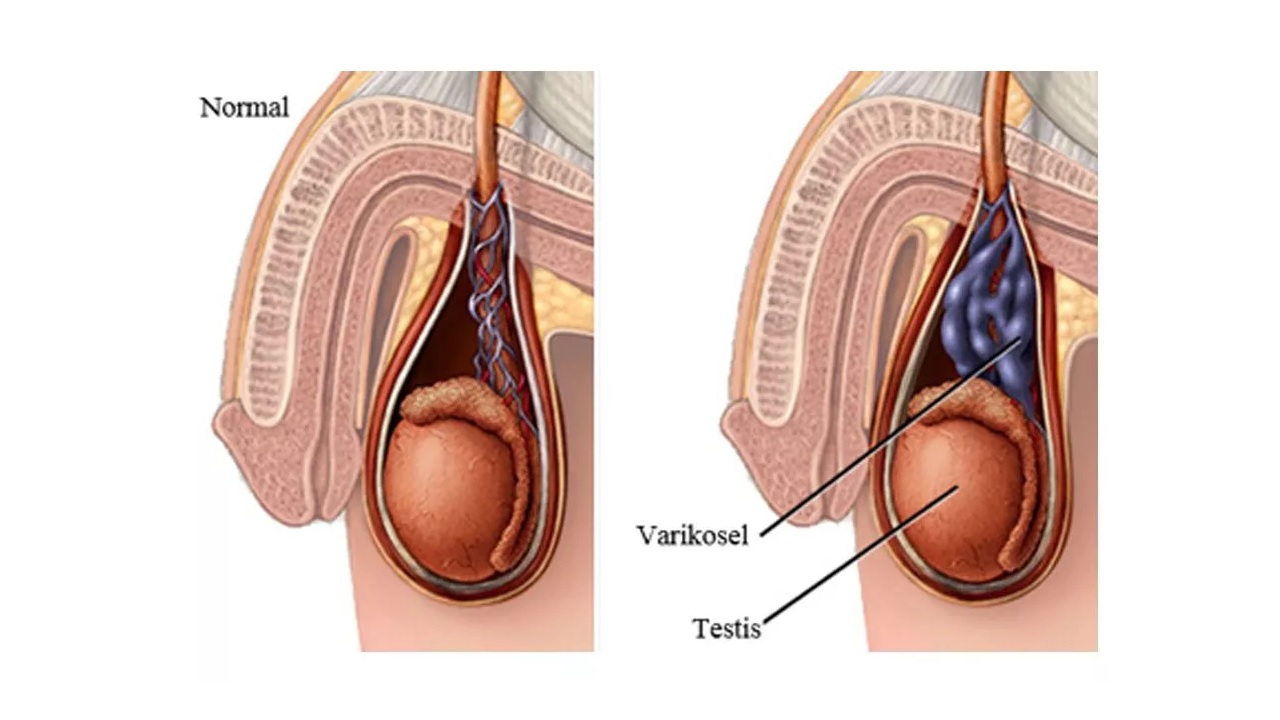
Pain:
When varicocele occurs, there are no symptoms in most cases. However, when there is a symptom, the first thing to notice will be pain. when standing for a long time and in the late evening, pain occurs on the side of varicocele. This pain decreases when lying down. This pain is felt as a mild ache rather than a sting.
Mass formation in the scrotum:
Varicocele is caused by the enlargement of the veins in the scrotum, which covers the testicles. So if this expansion increased if the varicocele is in an advanced stage sometimes the person can feel a mass even when they control it with their hand. Smaller varicocele enlargements may not be visible, but can be felt when lightly touched.
Different size of testicles:
The testicles are always different sizes from each other. It’s natural, don’t worry if you feel something like this. However If one looks considerably smaller than the other, that could be a problem. Because the testicle on the side of varicocele does not get enough clean blood, shrinkage will occur. Since this shrinkage is visible to the naked eye, it will cause concern.
Infertility:
Varicocele generally appears for the first time in adolescence and continues to progress. 15% of men between the ages of 15 and 25 have varicocele. 35 percent of men who experience primary infertility have this condition. Men who try to have a child for a year but fail are more likely to have a varicocele. However, varicocele does not definitely cause infertility, it only increases this possibility as it negatively affects testicular health.
How is varicocele diagnosed?
- manual control
- Valsalva maneuver
- Scrotal ultrasound
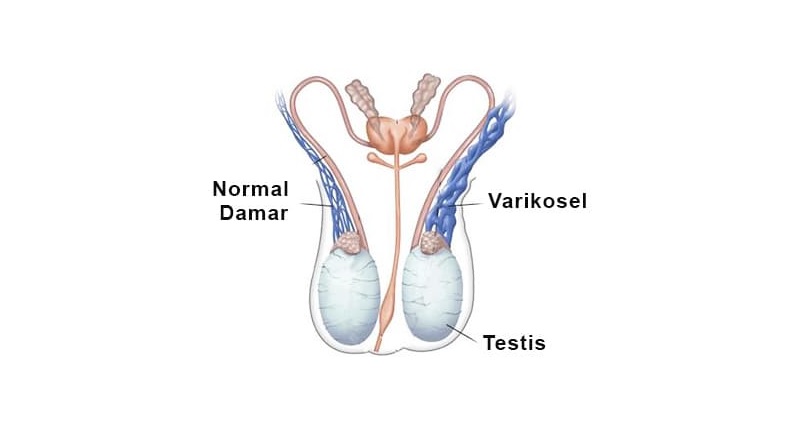
Manual control:
Even if you do not have any pain or complaints, during a standard urology examination, your physician He or she will check your testicles and scrotum. During this control, advanced varicocele is immediately noticed. Even if it does not progress, if it is noticed even if it is subtle and your doctor suspects this, different tests may be performed.
Valsalva maneuver:
The Valsalva maneuver is used to diagnose small varicoceles detected during palpation. Any tool used or requiring preparation It is not a surgical event, It is part of the manual inspection. The doctor asks you to stand up and hold your breath. By performing the Valsalva maneuver, he makes sure that there is a varicocele he suspects. It is a hassle free inspection.
Scrotal ultrasound:
If advanced or small varicocele is detected during standard palpation or as a result of the Valsalva maneuver your doctor to learn the details of this ailment. may request a scrotal ultrasound. During this test, which is performed by moving the known ultrasound device over the testicles, the veins are measured and the situation is analyzed in detail.
When varicocele is diagnosed as a result of all these examinations They will be classified in order of importance from 1 to 3. 1 is the smallest, 3 is the largest. Size has no direct relationship with treatment. It may be big but it is harmless, it may be small but it is harmful. A treatment method can be followed according to the damage to the varicocele.
What are the varicocele treatment methods?
- Varicocelectomy
- Varicocele embolization
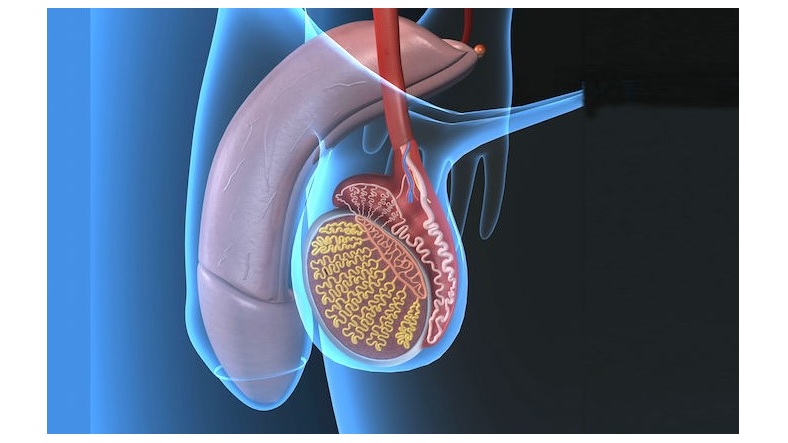
Varicocelectomy:
Because varicocele is often harmless, in most cases it does not require any treatment. However if found to be harmful One of the surgical operations to be performed is varicocelectomy. In varicocelectomy, the problematic vein is clamped or ligated by entering from the abdomen or pelvis. Then the flow in this problematic vein is transferred to the healthy vein.
Varicocele embolization:
If the varicocele is found to be harmful, one of the surgical operations to be performed is varicocele embolization. In varicocele embolization through the groin A catheter is placed in the problematic vein. A coil is then inserted into the catheter. Thus, blood is prevented from reaching the problematic vein.
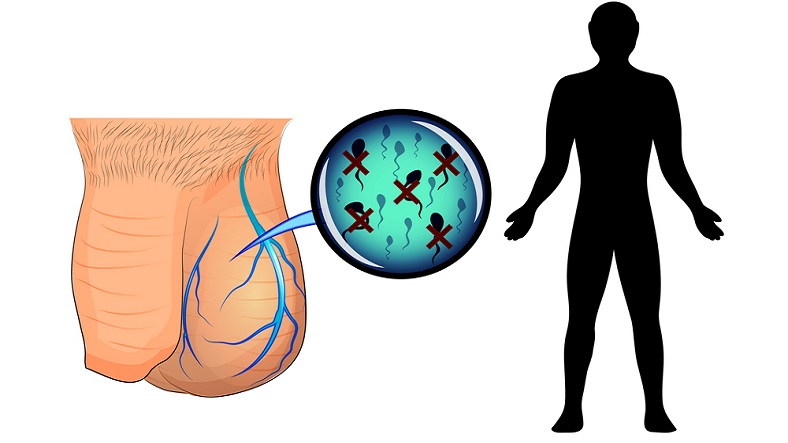
When should you see a doctor?
Since varicocele often does not cause any symptoms in the person, even if such a situation occurs, normal life can be continued. However when pain is felt, When you feel an abnormal condition with your hand or when there is any doubt about the quality of sperm, a specialist should be consulted. Or rather, if you’re feeling uncomfortable doubt about your testicles, it’s best to go to the doctor.
Caused by enlargement of the veins in the skin surrounding the testis What is varicocele and what causes it? We answered the questions and talked about the symptoms and treatment methods. What we describe is for informational purposes only. As with every issue about your health, you should get the most accurate and specific information about varicocele from a specialist physician by applying to the nearest health institution.
